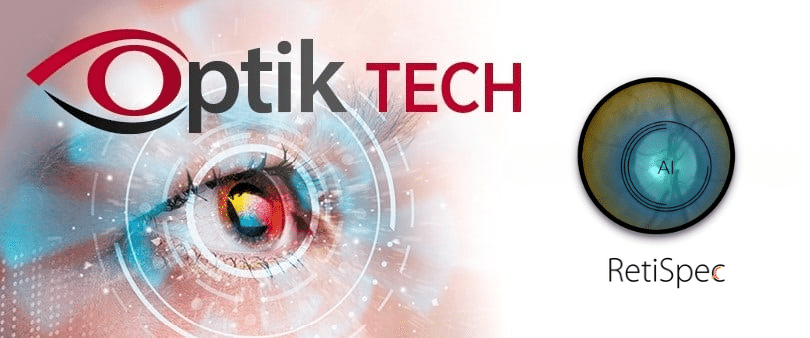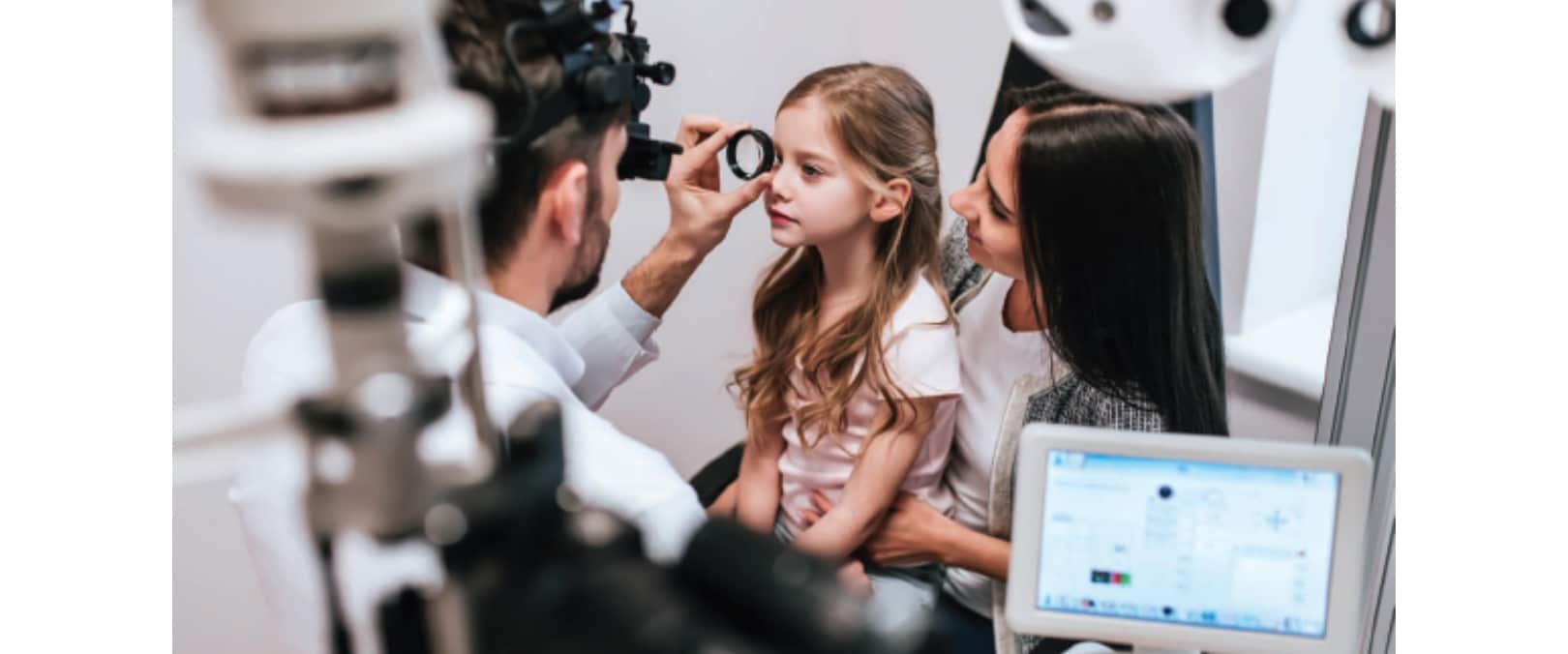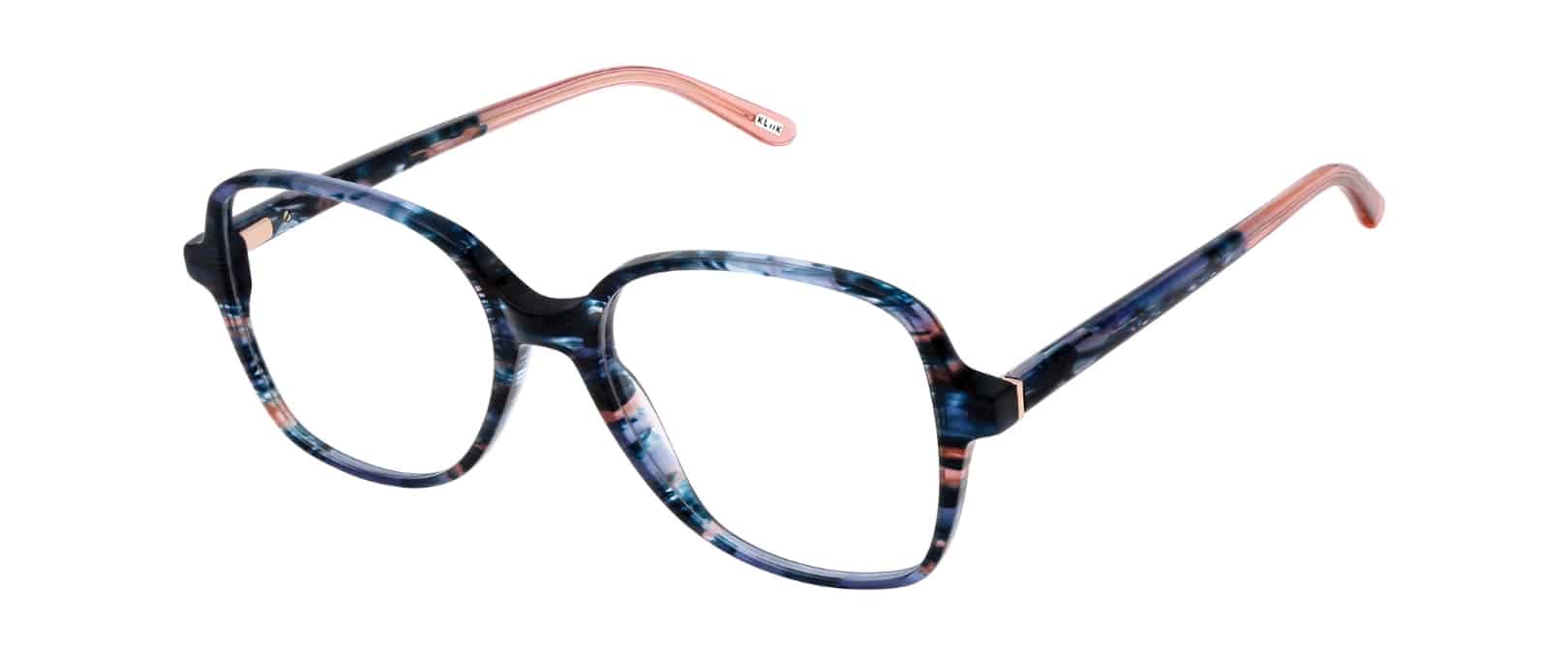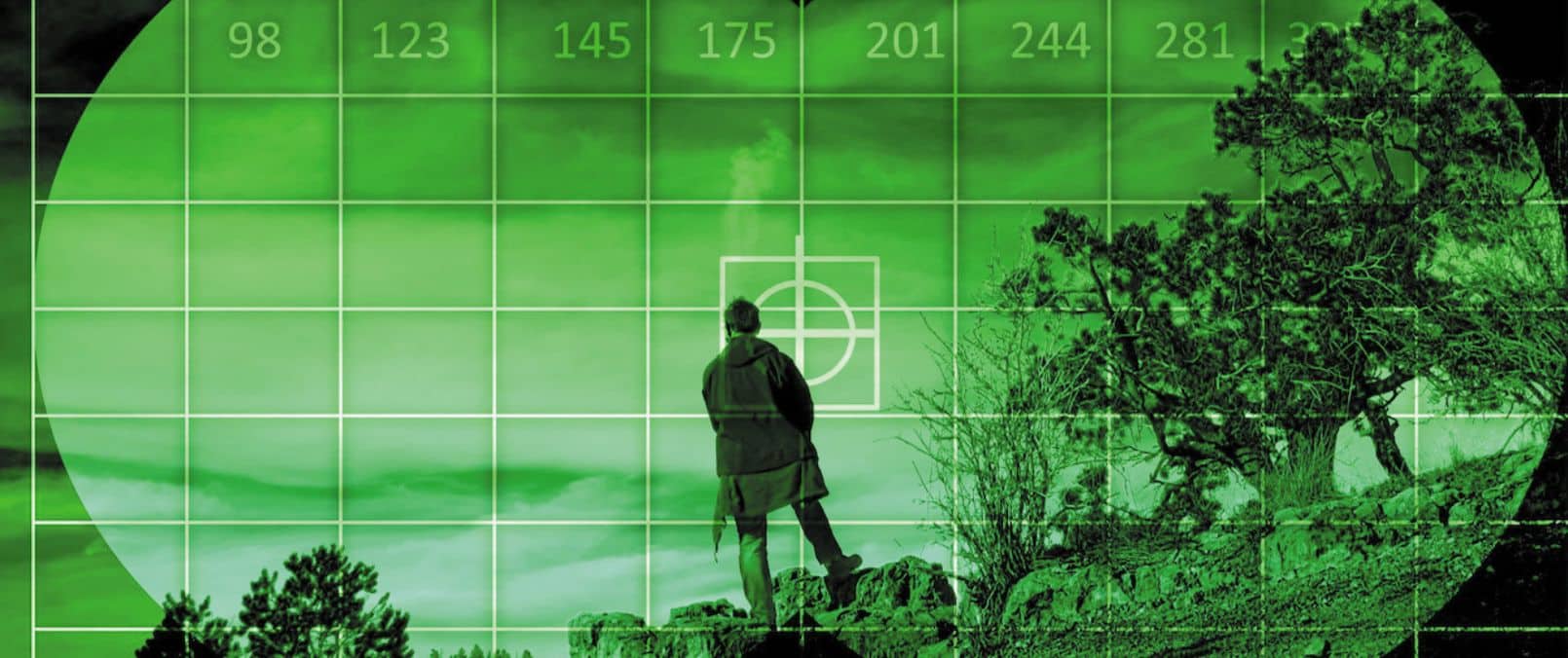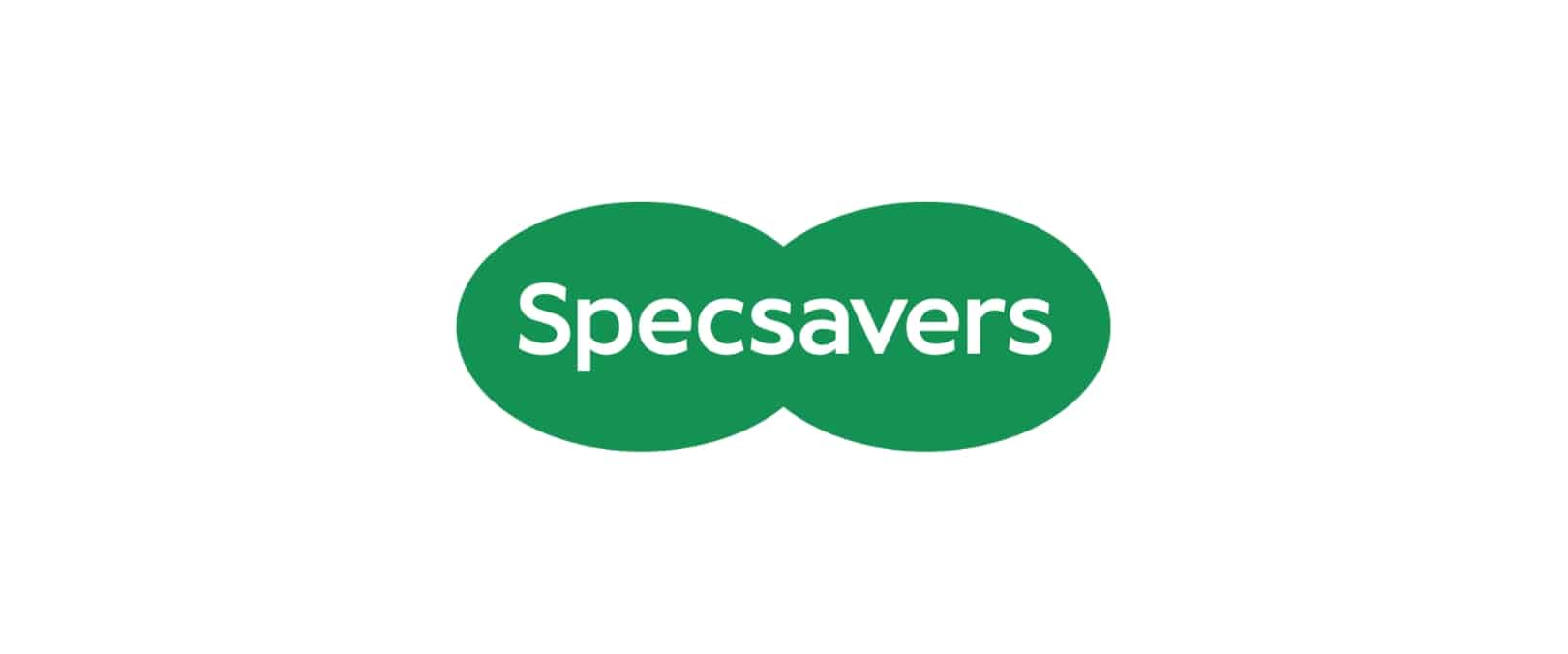By Dr. Shaun Rawana, OD
Myopia has recently been classified as a public health epidemic by the World Health Organization (WHO) and recognized as the leading cause of visual impairment. Myopic eyes are associated with increased incidence of ocular complications, with high myopes being more susceptible to conditions such as glaucoma, cataract, and retinal detachment.
Although a natural variant of refractive error, myopia’s recent increased pervasiveness can be attributed to the changes in culture and modern-day life. Growing evidence from recent studies suggest greater near activity to be a risk factor in myopia onset and progression in childhood, whereas greater time spent outdoors was found as a protective factor.
Studies suggest young individuals around 6 to 7 years of age show the greatest changes in refractive error and axial length elongation of the eye. Of this age group females progressed quicker than males, while those with two myopic parents progressed the quickest. A reduction in myopia of just 1D may provide up to a 40% reduction in the risk of developing myopic maculopathy disorders later in life.
The Theory Behind Device Design
Despite decades of study and research, a complete explanation to the mystery of myopic development continues to elude us. Animal primate models strongly support the peripheral hyperopic blur theory, which has shown hyperopic induced blur in the peripheral retina promotes axial length elongation, while myopic induced blur signals a halting to the process. Although this theory is far from universally accepted, and likely only part of the multifactorial influences in myopia onset and progression, most myopia management tools available today incorporate design aspects based on this theory.
With respect to ophthalmic devices, contact lenses used for myopia management may be the most effective means of mitigation, providing the greatest mean reduction in progression over the longest period. This finding is likely due to the relative area of peripheral retina exposed to myopic blur from each modality, being greater with contact lenses and more limited with spectacles.
Ortho-k Lenses: Underutilized Potential
In terms of contact lens options, orthokeratology (ortho-k) has been considered the mainstay of the modality. Yet, despite the efficacy of ortho-k fits, the lenses have never gained the mainstream popularity and use one may have assumed. From a practitioner perspective, this may be due to the time and cost associated with the fitting process, the skill required in RGP fits and the investment in specialized equipment, like a corneal topographer or OCT technology, necessary for corneal monitoring. Passing these costs on to the patient may also be difficult in certain demographics. From the patient perspective, comfort may be an issue if the lens is fit poorly. Additionally, the multiple follow up visits, to ensure proper corneal positioning may be problematic for some patients. Regardless of the reasons behind orthokeratology’s ill adoption, it remains an effective tool in myopia management and mitigation.
Both ortho-k lenses and soft contact lenses for myopia management create myopic peripheral blur while providing clear central vision. In the case of myopia management lenses, like predecessor multifocal lenses, dual zones of focus limit hyperopic peripheral blur and can be designed to produce myopic blur in the periphery while leaving accommodation unaffected.
Advantages of Soft Contact Lenses
Soft contact lenses have found greater acceptance by both patients and practitioners and provide an excellent entry point for myopia management as they are generally easier to fit and more easily adapted to. Unlike ortho-k lenses, soft contact lenses do not manipulate the corneal surface and therefore a corneal topographer is not required. Although monitoring changes in refractive error may be sufficient in limiting myopic progression when utilizing soft contact lenses, A-scan ultrasound measurement of the eye’s axial length provides a more definitive measure of lens efficacy in myopia mitigation.
Due to the customizability of ortho-k lenses to influence specific areas of the peripheral retina, they remain the best, yet an underutilized modality in myopia management. Applications to astigmatic correction and potential myopia reversal must be further investigated with respect to ortho-k lenses. These are currently being addressed in studies. The introduction of soft contact lenses for myopia management by the large contact lens manufacturer CooperVision, is a promising sign that this troubling trend has finally been recognized.
The evolution of contact lenses in myopia management appears to have a bright future. Novel extended depth of focus (EDOF) lenses, soft radial refractive gradient (SRRG) lenses and concept in-vitro release of anti-muscarinic drugs from a soft contact lens are all being investigated, yielding encouraging results.
Read Dr. Rawana’s article in the July-August issue of Optik HERE.



